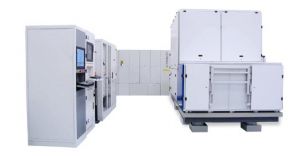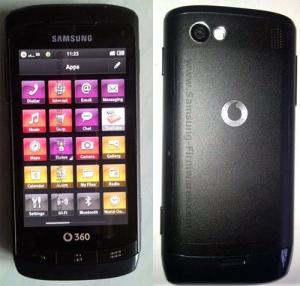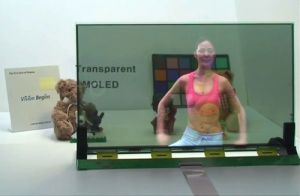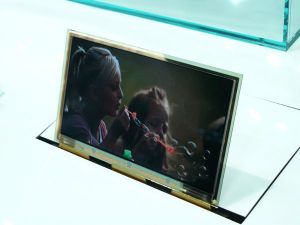Cymber says they are beginning to roll out lasers for OLED manufacturing, through their TCZ display division. They have already installed their first system in an unnamed customer in South Korea (probably Samsung Mobile Display. If all goes as planned, consumers could see the first OLED displays made with TCZ tools in time for Christmas), and it plans to deliver the 2nd one in another unnamed customer in China by the end of October.

One of the key innovations underlying TCZ’s OLED technology is a process that creates a uniform grid of transistors on the semiconducting material that forms a thin-film base layer on a screen’s backplane, or control layer. Each transistor in the grid controls a light-emitting diode, and each LED illuminates a single pixel. Another key innovation involves depositing one of three proprietary organic compounds precisely atop each LED to make a red, green, or blue pixel.
 Samsung i8330 H2
Samsung i8330 H2








